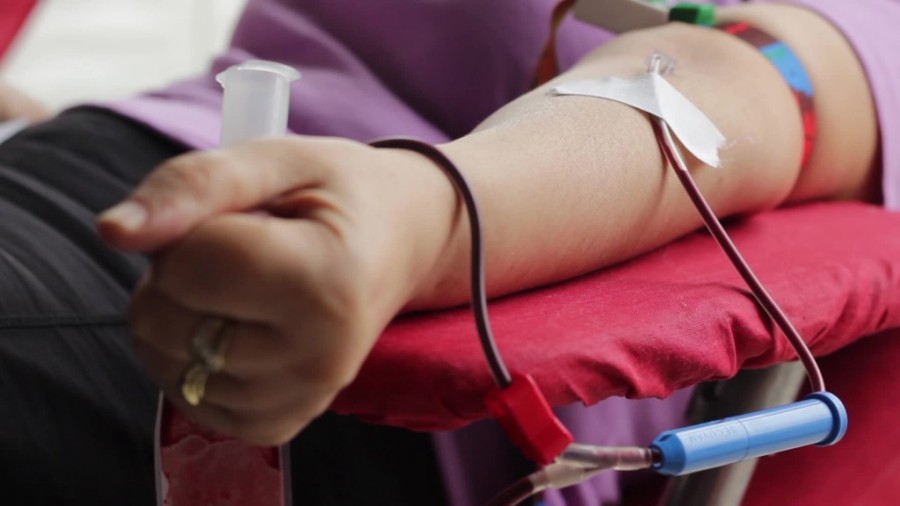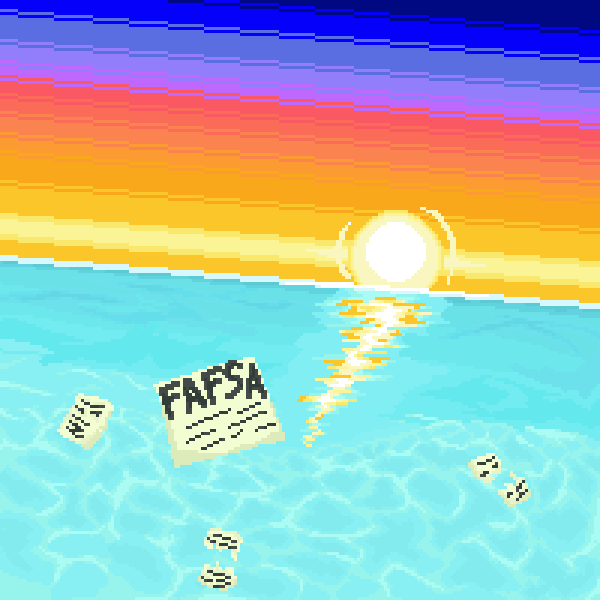Saving lives with a blood drive
A student draws blood for people in need
As the saying goes, “Every small action helps to make a difference.” Students on campus had no trouble following this principle with the recent blood drive on Nov. 2. The drive, hosted by the Red Cross Club, attracted dozens throughout the day to take a period off and donate blood.
“Red Cross is a great way for us to get more involved on campus while at the same time help contribute to an awesome cause,” senior Joseph Kim said.
Typically hosted twice a year, blood drives are a quick and easy process to save some lives. According to redcrossblood.org, one donation can help save the lives of up to three people,
“It’s probably our main focus of what we do here at Red Cross Club,” faculty adviser Geoff Tipper said. “We’re able to get about thirty to forty blood donations each time we do the drive, one in the fall, one in the spring, and, you know, it’s our main way of giving back and saving lives.”
Tipper, also the AP Statistics teacher, has his own personal motives for supporting the drive.
“I have a slightly valuable blood type. I’m O positive,” Tipper said. “So when I first got to Woodbridge and some students came to me with the idea of doing a Red Cross Club and it hadn’t been on the campus before, I kind of jumped at the chance. I thought it was a really good way to do something positive.”
While the thought of getting blood drawn is one usually surrounded by negative stigma, the process is actually relatively effortless.
“At first I was kind of scared about getting a needle jabbed in my arm,” senior Rene Lee said . “It’s not exactly something everyone looks forward to. But when I got it done I didn’t feel much, and it didn’t hurt at all!”
Tipper described the process as quick and easy. After a small interview to determine eligibility, workers check for iron deficiency of the subject and measure blood pressure and temperature.
“They do do a small finger prick to see if you’re iron deficient. Some people say that hurts more than the actual blood drawing,” Tipper said. “And it’s a very quick exit process — you sit, have some water, get some juice, eat some chocolate, and you’re ready to go!”
Your donation will support the student journalists of Woodbridge High School. Your contribution will allow us to purchase equipment and cover our annual website hosting costs.






